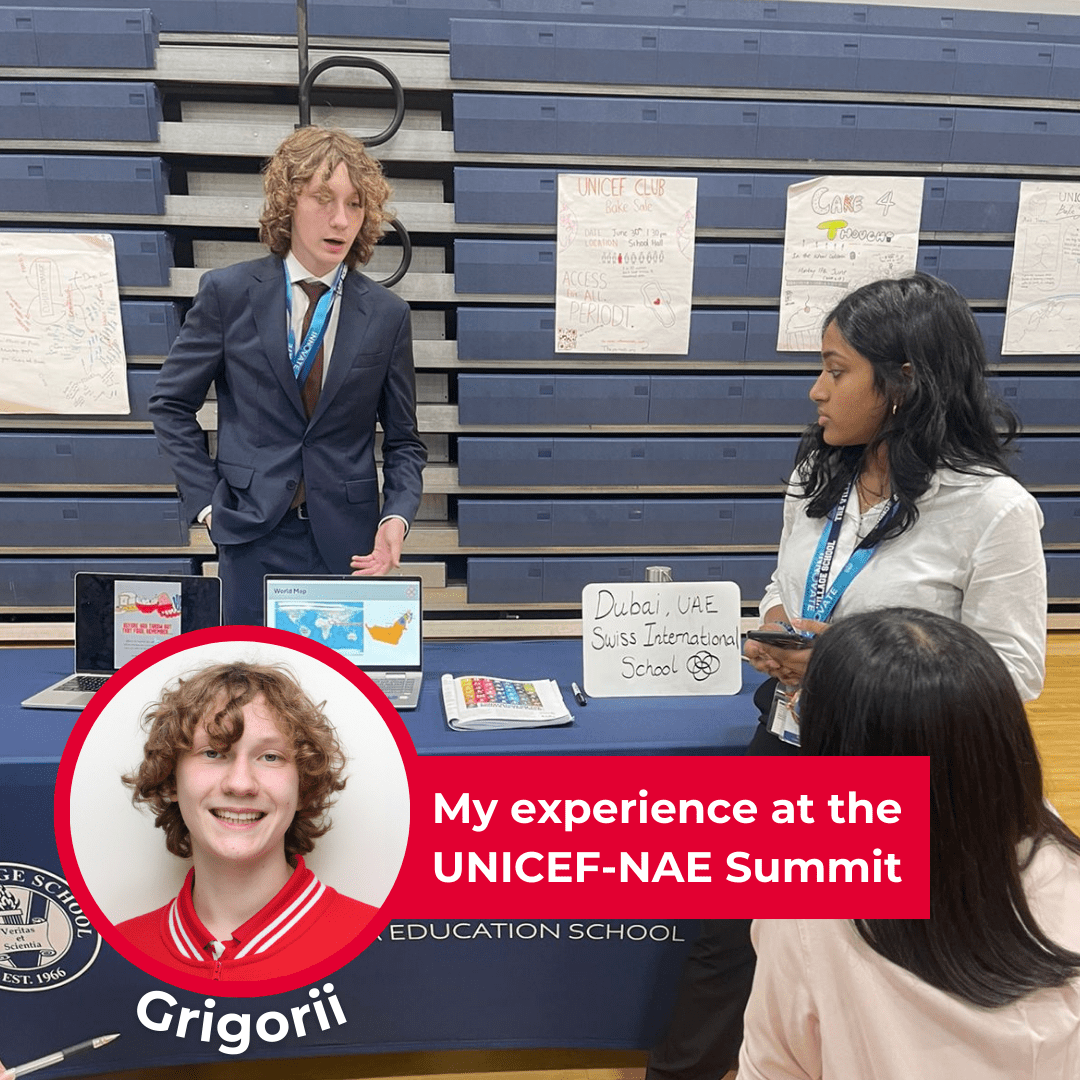We use cookies to improve your online experiences. To learn more and choose your cookies options, please refer to our cookie policy.

Going on this trip was one the best choices that I’ve made in recent memory, to put it bluntly. When I submitted my application, I didn’t think much of it. I thought I’d have a slim chance to get in, and I waited for the results. Even when I did get accepted, the trip was in the back of my mind. I did whatever I had to do, and that was that. What I wasn’t expecting, however, was how genuinely life-changing the trip would be, and I’m not exaggerating. The second I got on the bus out of the airport, the atmosphere felt warm. It felt like everyone was accepting and kind, and the predicament I got myself into showed that more than anything. There wasn’t any space in the bus to put my baggage, so I had to carry it into the cabin of the bus, where space was relatively tight. Despite this, the other people already there helped me out and got it sorted, which set the mood for the rest of the trip.
Once we got to the school, we were greeted by a few students that had already moved in and arrived the previous day. Again, the same atmosphere of warmth and inclusion prevailed. We had our dinner, settled into our dorms and hit up our beds, ready for the real first day. From the get-go, I knew this was going to be different from what I thought it would be. The teaching methods used were nothing like what’s happening in most schools and felt more akin to a college lecture than anything else. As well as that, once we had activities to do on our own, it felt almost laid-back, in the sense that we wanted to finish the activity not because we had to, but because we wanted to.
The workshops varied throughout the summit, and we were taught a variety of different skills, each of them being useful for our future life in some way. A notable one was the course on systems thinking and the Sustainability Compass. Systems thinking, to put it simply, is a method of thinking about a problem based on connections and relationships between factors instead of directly looking at the solution, and since we were working on sustainability-related problems, we made these connections with the Sustainability Compass, which is divided into Nature, Economy, Society and Wellbeing. This workshop opened my mind on the way the most impactful people in the world solve problems today and taught me that being straightforward isn’t always the best option.
On our off-days or in the evenings after we finished our sessions, a fun activity was planned out for every night. For example, we went to POST at the end of the second day, which is a food court inside of the former US post office building. We were pretty much let loose and allowed to go wherever we wanted, as long as we didn’t leave the premises of the building. This resulted in a great bonding experience for me and everyone else, and this theme stayed the same for every other evening.
On the final day of the trip, we all got our most formal and fancy outfit out for the so-called “Capstone Event”, which was the culmination of every skill and bit of knowledge we’d learned so far. The students in every region picked an issue for their entire region to research and develop a plan for, with the final project offering a plan for a solution in the context of their school. The Middle East region chose to all work on climate change, and the SISD group created a solution through the reduction of food waste. The event was tight on time, with the 3 hours given flying by quickly, but we managed to pull through and deliver what I consider a great end product.
My overall thoughts on the trip are nothing but positive. Not only did I learn so many new skills which have shaped the way that I think about solving problems, but I also met so many amazing new people who have all given me their own insights and helped me understand both the world and me better. Assuming SISD is doing it next year, I implore any of you in grades 9 or 10 next year to apply. You won’t regret it.